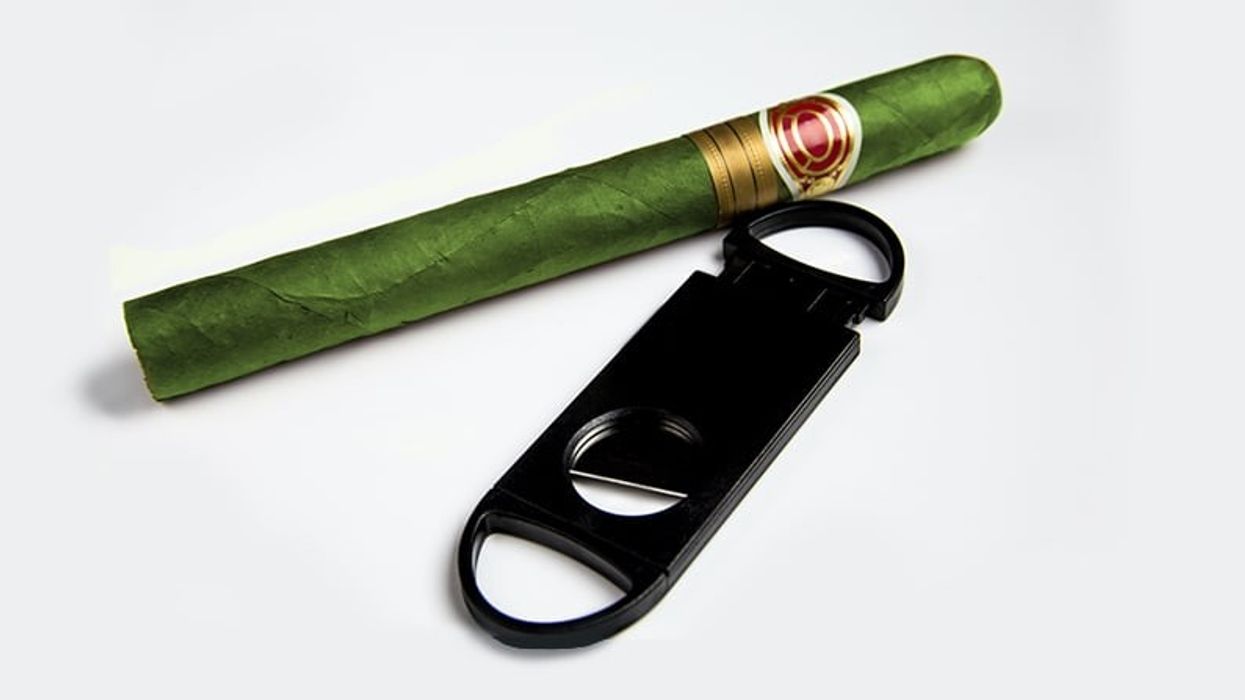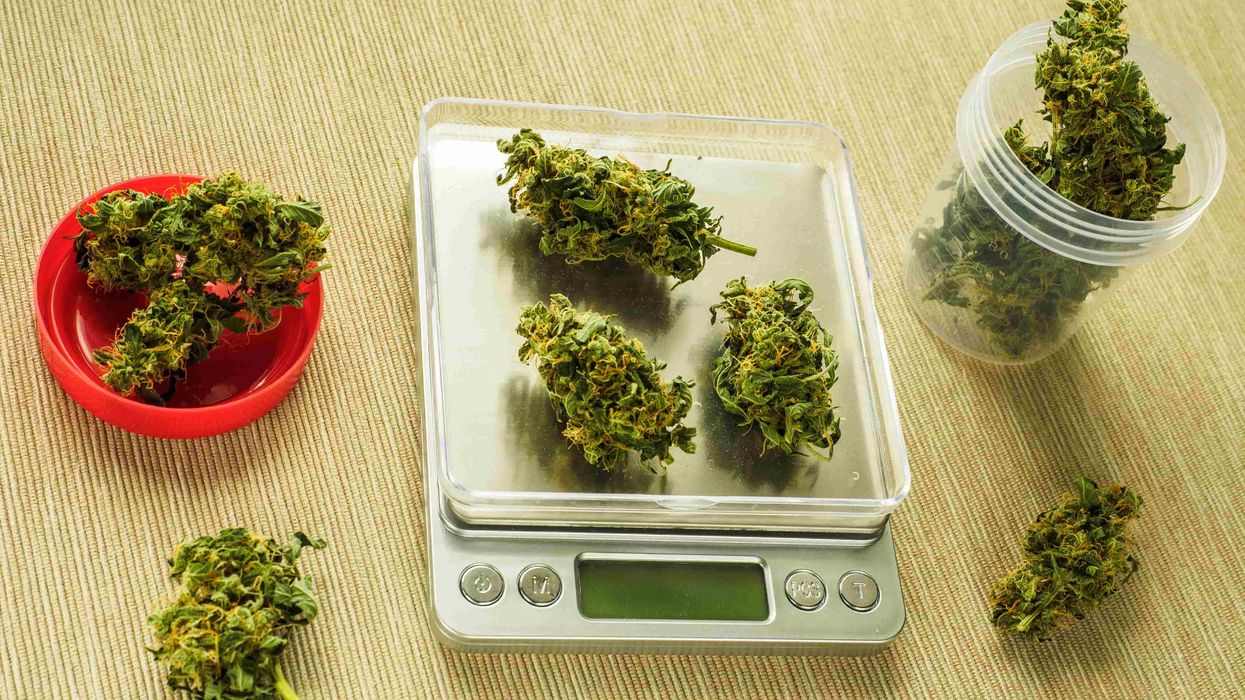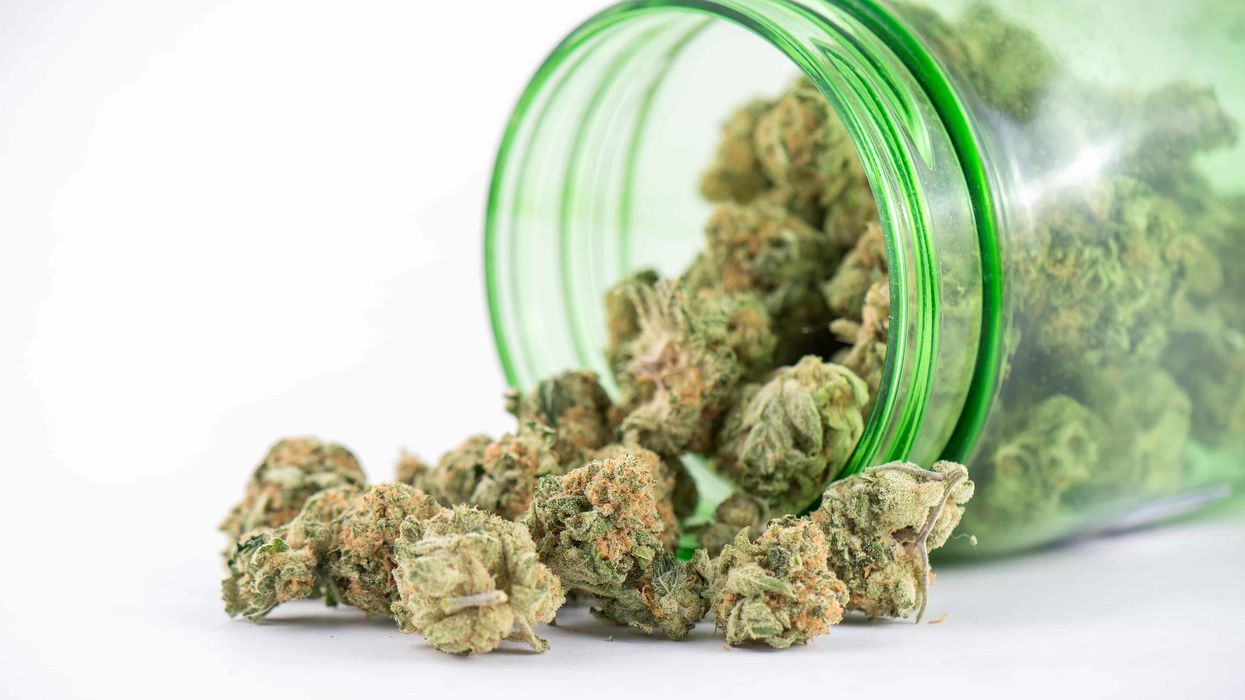Trends are constantly evolving in the cannabis industry, all the way down to the grow operations. But in a world turning more to soilless growing methods (like aeroponics or hydroponics), the team at Colorado-based Hava Gardens have taken it up themselves to shift cultivators’ attention back to the plant’s roots with living soil.
As a whole, the industry is moving towards sustainability and eco-conscious operations, but soilless growing methods that demand more energy, more power, and more time from the grower don’t meet these needs – or help the industry reach sustainability.
The cultivators at Hava Gardens recognize this contradiction, choosing to stand out and set an industry example with their living soil method, used to grow high-end flower that consumers tend to love – and feel good about buying.
The Living Soil Method: The Future of Cannabis Cultivation?
Hava Gardens describes living soil cultivation as a “proxy for all living things.” While many new cultivation methods opt out of soil completely, brands like Hava Gardens recognize that plants receive their nutrients from soil, and getting as close to nature as possible is highly beneficial for plant health.
The brand was originally pioneered by Cassandra Maffey, named one of the Top 50 Women in Cannabis by HighTimes Magazine. Maffey has over 20 years of cultivation experience in the U.S. and Europe.
Maffey began implementing old-school cultivation methods, which she took to Colorado in 2009 when she formed one of the first medical cannabis companies in the state.
Over time, she developed the Scalable Living Soil Cultivation system, producing award-winning cannabis utilizing living soil and organic cultivation practices. Her system lives on at Hava Gardens, rooted in teaching others to nurture and respect plants and life.
“The thing about living soil cultivation is that you really get to see the visual of your work,” says Brie Kralick, the current Director of Cultivation Operations at Hava Gardens and award-winning expert in sustainable living soil cultivation techniques.
“You get to see the results of your work almost overnight. It’s manual and incredibly fast-paced – a working environment I’ve always really thrived in.”
Kralick worked in the restaurant industry prior to cannabis, which exposed her to high energy environments, quick turnarounds, and the reward of watching your work make a difference in real time.
With five years of cannabis cultivation experience and living soil mentorship from Maffey herself, Kralick now oversees Hava Gardens’ process, combining her schooling in prohibition-era sustainable growing techniques with a dedication for bringing world-class cannabis to legal markets.
Recent trends in cannabis have suggested that consumers are moving more towards sustainability, chemical-free products, and increased education on what they’re actually consuming.
While these questions and concerns are usually raised by consumers once they read those product descriptions lining your local dispensary’s walls, the true answers and solutions can only be found at the growing operations, under the care and leadership of experts like Kralick.
“Our cultivation system is grounded in a deep respect for the natural ecosystem of life. Living soil is soil rich in organic matter and probiotic microorganisms, optimized to mimic the health and biodiversity of the best soils found in nature,” Kralick says.
“This is how we feed our plants. We don’t use harsh chemicals, salt-based nutrients or toxic pesticides that are commonplace in synthetic cannabis cultivation practices.”
What Are The Benefits of Living Soil Cultivation?
In a world increasingly concerned with sustainability and eco-friendly options, it’s increasingly important for these concerns to be reflected in the cannabis industry.
Whether you’re a consumer, seller, or grower, there are quite a few benefits that accompany getting involved with living soil cultivation as your preferred growing method.
“With living soil, we’re mimicking nature. We’re optimizing the soil food web, which is basically a tiny ecosystem within the soil that supports a diverse population. That ecosystem forms a symbiotic relationship with the plant, creates pathways and root systems, and breaks down nutrients in a closest-to-nature fashion,” Kralick says.
“The entire process allows the plants to respond more naturally, instead of just hand-feeding them. A good comparison is like eating a well-rounded whole foods diet, versus drinking a shake with all of your nutrients for the day in it.”
Beyond the fact that living soil cultivation mimics nature more successfully than any other growing method, it is also more cost-effective, healthier for the plants, and results in larger and more diverse terpene profiles for the resulting products, Kralick notes.
“If you try to mimic nature, the plant will, in turn, give you more benefits. A more diverse terpene profile, different cannabinoids. The process allows us to focus more on the entourage effect. And more terpenes means a higher medicinal benefit, which is especially important for medical patients,” Kralick says.
The benefits don’t end here: living soil cultivation is also cleaner, more sustainable, and the plant quality is much more consistent.
The team at Hava Gardens is a great testament to these benefits. With living soil cultivation, the team is able to prioritize doing things by hand: hand-watering, hand-trimming, and a lot more eyeballs on their products before they make it anywhere near the shelves.
Essentially, living soil cultivation allows cultivators to spend a lot more time on quality assurance, which is better for everyone involved.
“With other systems, it’s a lot of automation, making sure the plants get fed, and that’s about it,” Kralick says.
“In this case, there’s so much more of a personal connection with the plant, which I think the plant really needs – not to sound too hippy dippy. We’re able to catch those issues early on, and really make sure the consumer is getting the highest quality product all around. Not just focusing on a high amount of THC.”
Kralick’s vast experience in cannabis cultivation allows her to lead Hava Gardens with these advantages in mind, resulting in a cultivation company that truly puts their commitment to consumers – and respect for the plant – above everything else.
The brand is dedicated to being one of the best producers of clean cannabis product, but they’re also incredibly passionate about educating the cultivation sector and having a strong, positive influence on the future of cannabis growing.
Product Transparency is More Important Than Ever Before
From cultivation to retail and everything in between, there’s no denying that the cannabis industry is experiencing a shift in consumer concern.
While cannabis lovers of years past were happy enough just to score a “lid,” many of today’s consumers want to know everything about the weed they’re purchasing: how it will affect them, how it was created, and how it will affect the environment around them.
“I think it’s interesting times right now with what [the cannabis industry’s] impact is to the environment. It’s great that cannabis has made it this far, but we really need to change our focus on how we’re impacting our communities, and the environment as a whole,” Kralick says.
“We do in-house composting, which is a little more labor intensive. But because we’re recycling soil, we’re saving around 640,000 pounds of medium – that would otherwise go straight to the landfills – per year. A lot of classically hydroponic systems are constantly throwing that away, whereas we repurpose it, and the soil actually gets better over time.”
This process not only improves the soil’s quality, but increases overall plant fertility, making the cultivation process that much more streamlined and (closer to nature) than before.
However, as amazing as all of these industry innovations sound, the reality of things changing relies on the industry players, and whether or not they’re willing to give something new a try.
“It’s really about who is behind these businesses and what their priorities really are,” Kralick says. “Some people are really just there to turn it and burn it: produce as quickly as possible, and as much as possible, with no real consideration for how that happens.”
Despite these inevitable bad apples, Kralick remains confident that the industry will get there with time.
“I think with increase in understanding and consumption, people will begin to prioritize things differently,” Kralick says.
“When people see there is much more intention behind the products they’re purchasing, I think that lines up perfectly with what the industry needs, and the consumer will catch on. I believe this method will not only increase in popularity, but it will also stick around.”
Kralick compares the switch to living soil cultivation to the food industry, and how people are beginning to prioritize local and organic sources of fare.
As for cultivators, Kralick believes anyone getting into the industry should keep an open mind.
“Don’t quit. Don’t give up. Try and retain as much information as you possibly can, and just keep going until you find the right company, and the right people to work for,” she says.
“It can take some time, but that’s why it’s so important to keep an open mind. A lot of cultivators get stuck in this singularity based on how they were trained, and start to think there’s only one way to do things. There are a lot of ways to succeed in cultivating, and this is just one of them.”
Need a little more Bluntness in your life? Sign Up for our newsletter to stay in the loop.
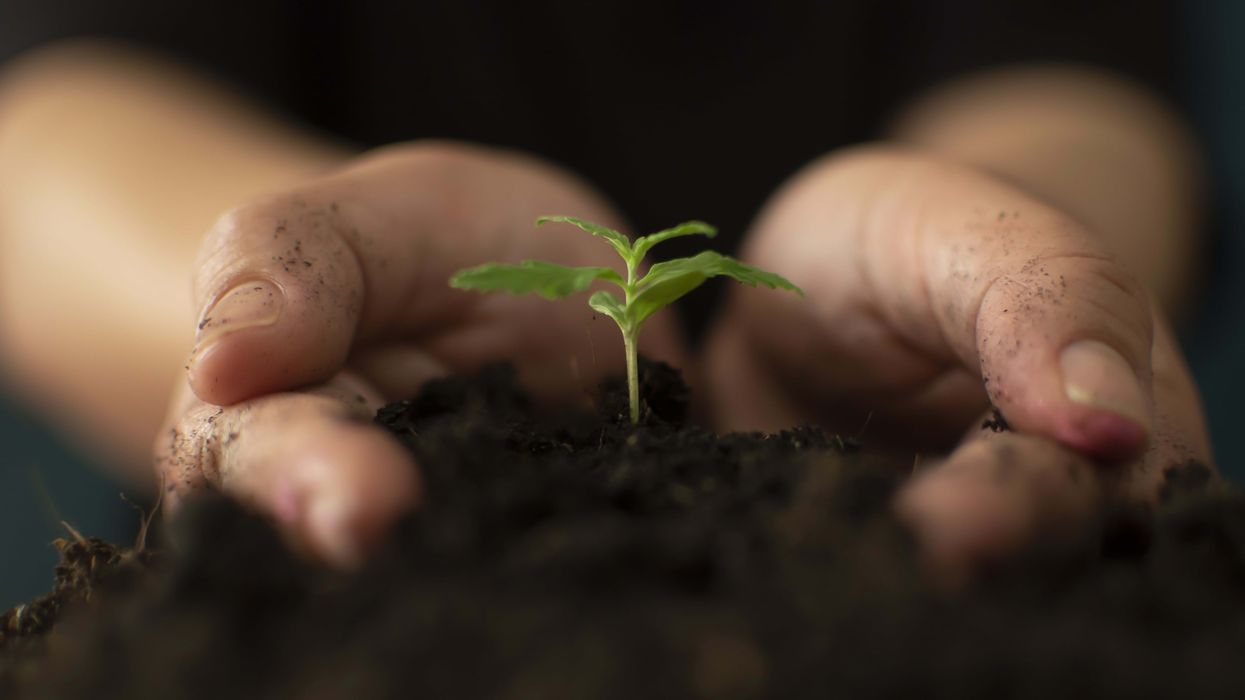

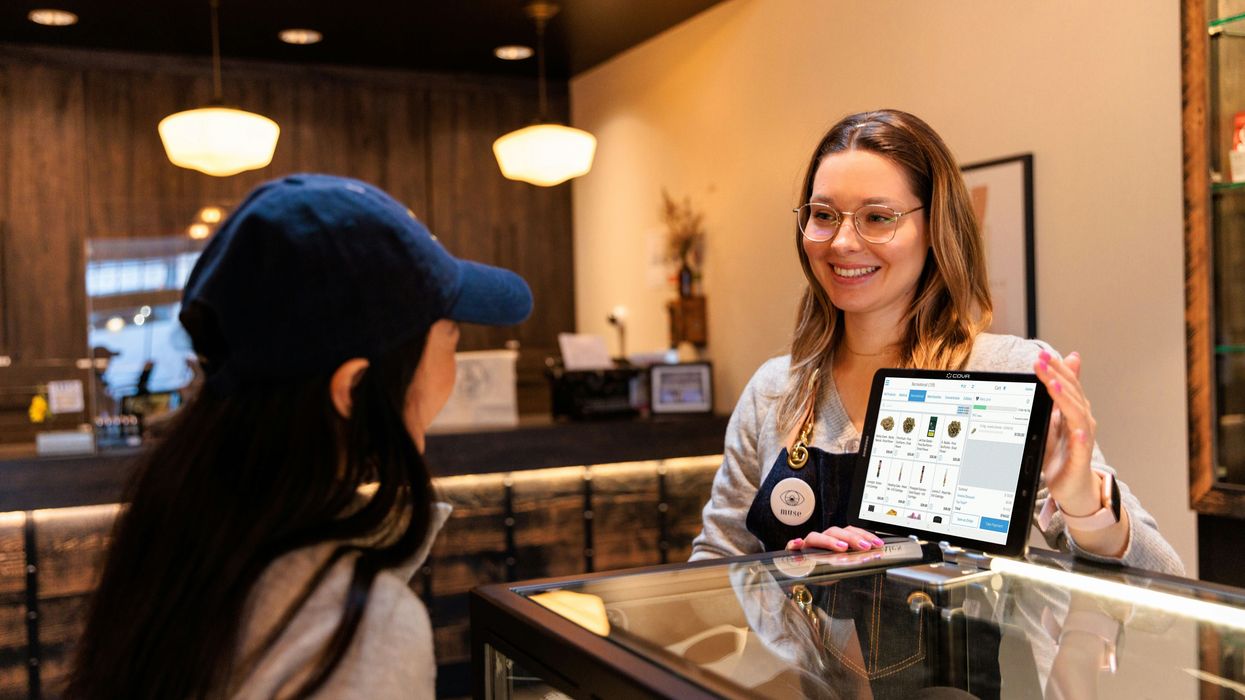
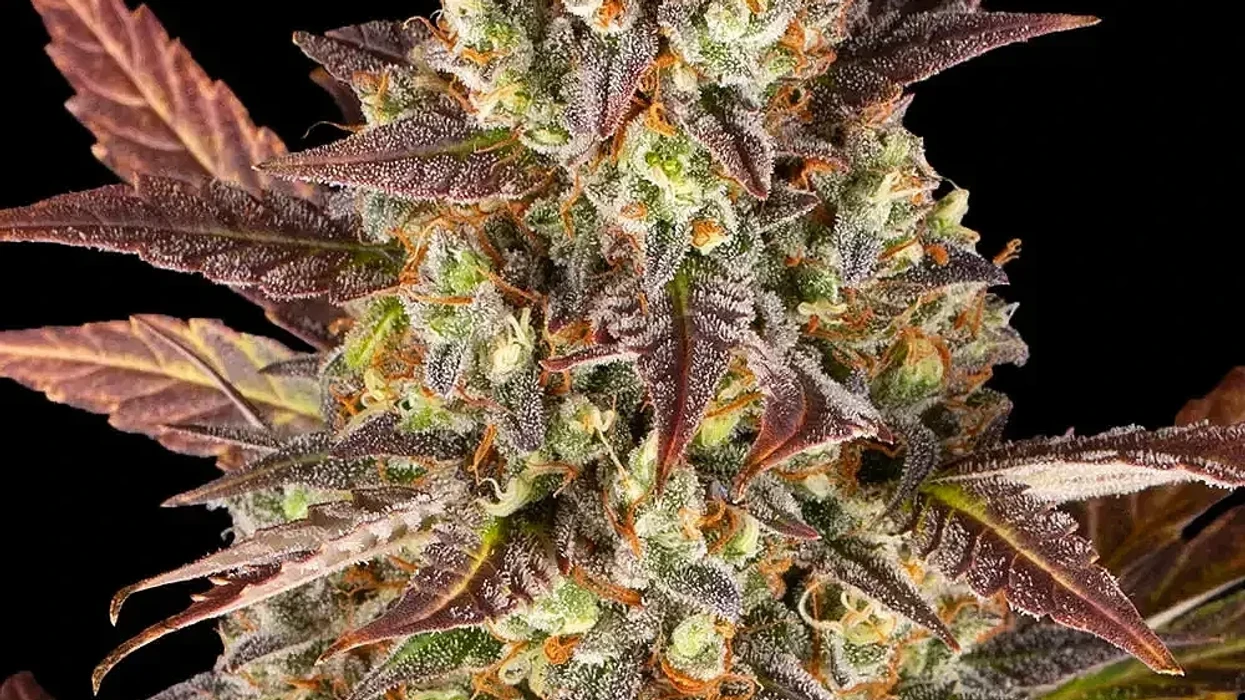
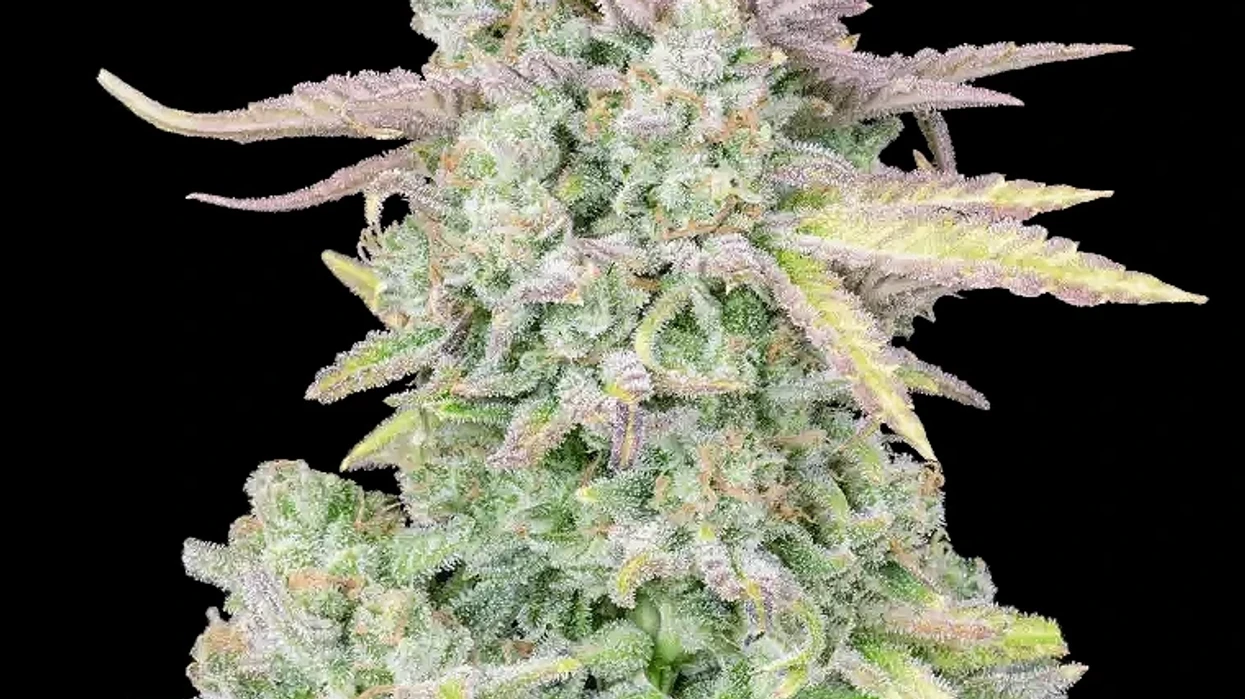
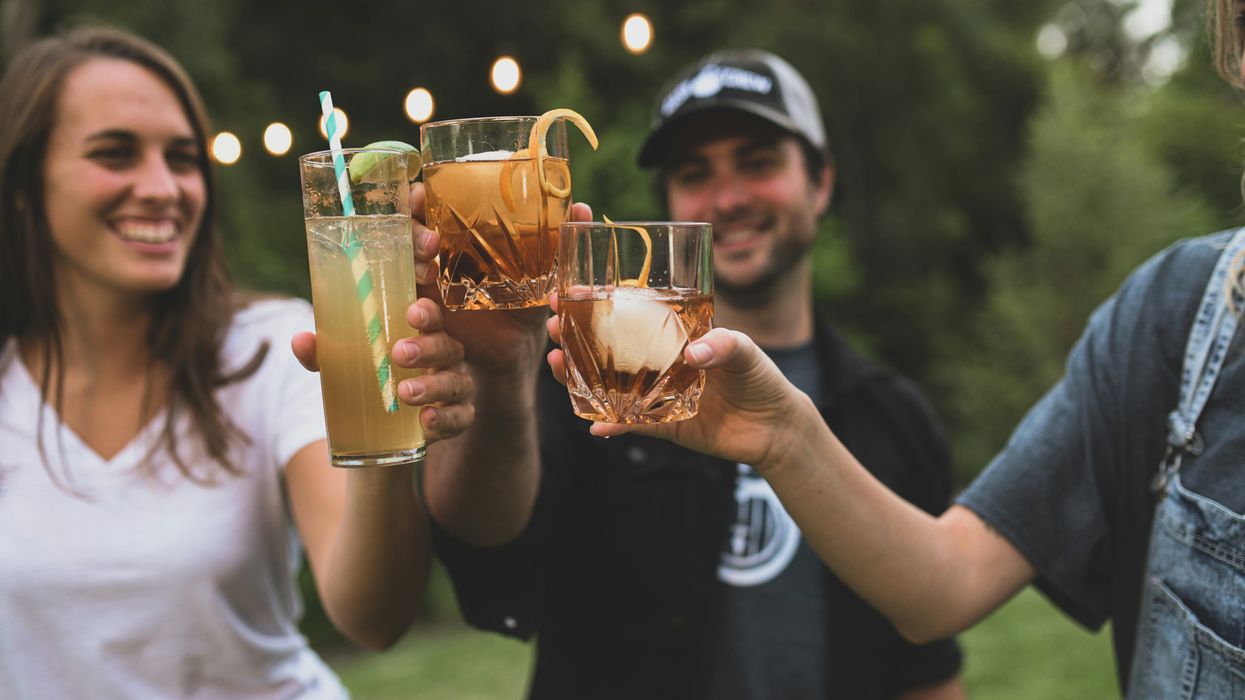

 Justin Timberlake Eye Roll Gif By Agent M Loves Gif - Find & Share on GIPHYAgent M Loves Gifs
Justin Timberlake Eye Roll Gif By Agent M Loves Gif - Find & Share on GIPHYAgent M Loves Gifs


